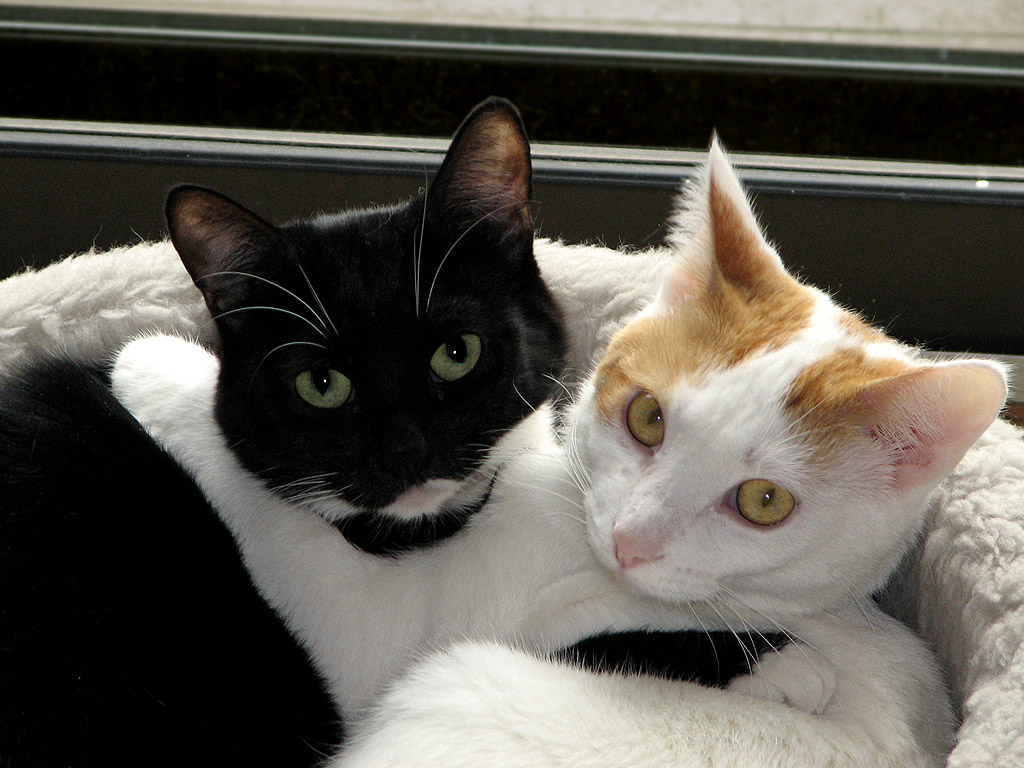Jakarta, the bustling capital city of Indonesia, is facing a growing problem with its stray cat population. These animals, while often beloved by the public, pose a number of challenges related to public health, sanitation, and animal welfare.
In a bold and imaginative move, local authorities and animal welfare groups have proposed an ambitious plan: relocating many of these stray cats to a designated island, turning it into a sanctuary. This initiative aims to provide a better life for the animals while also alleviating the issues caused by their overpopulation in the city.
A Real Problem

The stray cat issue in Jakarta is not new. With thousands of cats roaming freely in markets, parks, residential neighborhoods, and even near food establishments, the city has struggled to implement effective and humane control measures.
Most of these cats survive by scavenging or relying on food from sympathetic residents. However, overpopulation has led to health concerns, including the spread of diseases such as toxoplasmosis and parasites that could potentially affect humans and other animals.
Moreover, stray cats are often exposed to harsh environments, lack proper nutrition, and suffer from injuries or untreated illnesses.
Inspired by Japan’s Cat Island
Jakarta’s proposed plan involves designating an uninhabited or lightly populated island off the coast as a feline sanctuary. Inspired by Japan’s Aoshima Island which is one of several “cat islands” where feline populations outnumber humans.
Aoshima is well-known globally as a tourist attraction and a model of peaceful coexistence between humans and cats. By adopting a similar model, Jakarta aims not only to address the stray population humanely but also to potentially develop the island into a site for responsible tourism and education about animal welfare.
The selection of a suitable island is a critical part of the plan. Authorities are exploring options in the Thousand Islands archipelago, located just north of Jakarta in the Java Sea. These islands are already popular tourist destinations, and some of them have enough space and ecological conditions to support such a sanctuary.
The chosen island would be fenced and carefully managed to ensure the cats' safety, provide regular feeding, veterinary care, and maintain a clean environment. It would not be an uncontrolled dumping ground but a regulated environment run in partnership with veterinarians, animal rights organizations, and environmental planners.
Need Careful Planning and Execution

Relocating the cats involves more than simply transporting them to the island. First, a large-scale campaign of capture, vaccination, spaying and neutering will be carried out. Only healthy and sterilized cats will be moved to the island to prevent uncontrolled breeding.
This also minimizes the risk of introducing diseases to the new environment. Additionally, authorities plan to create a structured management system on the island, involving caretakers who will monitor the animals' health, ensure adequate food and water supplies, and control their population through ongoing sterilization programs.
How do the Jakartans React?

Public reaction to the plan has been mixed but generally positive. Animal lovers and activists have welcomed the initiative as a compassionate solution, especially compared to less humane methods such as culling.
However, some experts have raised concerns about ecological impact, particularly if the island’s natural habitat is not suitable for a large number of cats. There are also worries about long-term funding, maintenance, and the potential for abandonment of the project.
To address these issues, the government is working with NGOs and potential private sponsors to develop a sustainable operational model.
In the long term, the project may serve as both a humane solution and a unique eco-tourism venture. Visitors could be allowed on the island in a limited, controlled manner to prevent stress on the animals and environment.
Educational tours could promote responsible pet ownership, animal welfare, and environmental conservation, making the island more than just a tourist gimmick but a meaningful symbol of Jakarta’s efforts to balance urban growth with compassion for animals.



















